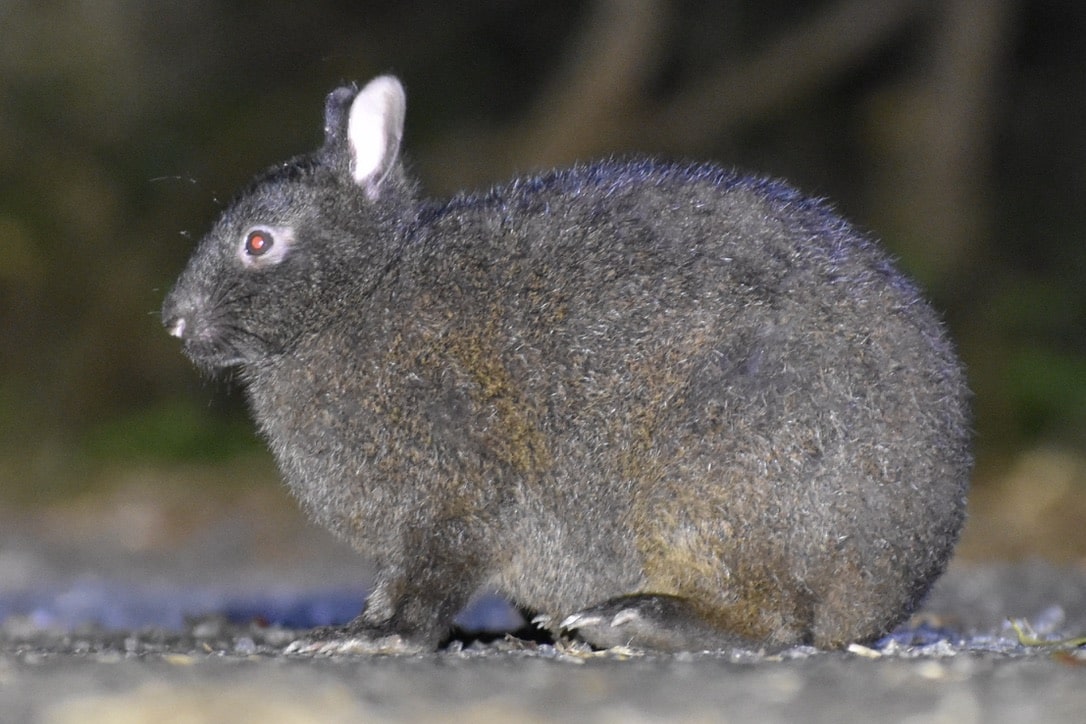About the Habu Viper in Amami Island
The venomous snake found on Amami Oshima is known as the habu. It is one of the few carnivores on the island and sits at the top of the local food chain. Even local residents fear the habu and tend to avoid areas where it might be hiding. The habu is known for its strong venom, which can cause tissue necrosis if bitten. Immediate treatment with antivenom at a hospital is necessary.

Every year, around 20 people are bitten by habu on Amami Oshima. They are most active when the temperature is between 24°C and 28°C with high humidity. Therefore, the peak season for sightings is between April and November. However, they do not hibernate, so it is possible to encounter them at any time of year—even during the colder months.
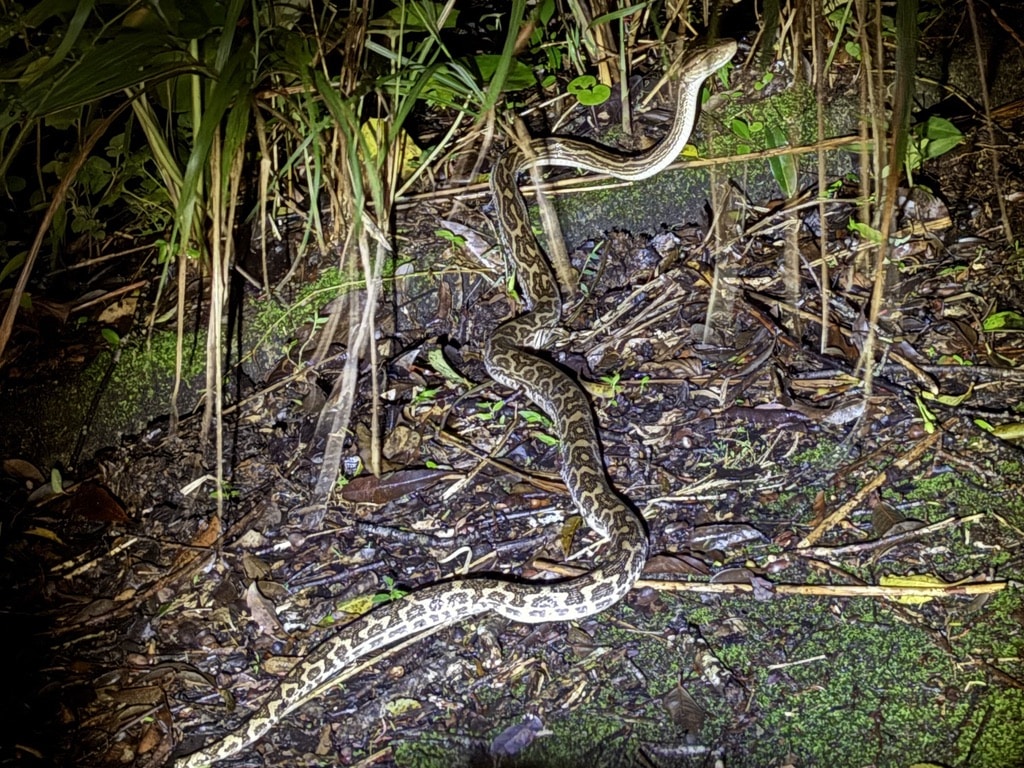
How to Avoid Being Bitten by the Viper
Avoid Walking Through Tall Grass or Bushes
Habu are nocturnal, so avoid walking near tall grass or bushes at night. Even outside the forest, they may be hiding in roadside vegetation or other overgrown areas. They have even been spotted on beaches, so coastal thickets and shrubbery should also be approached with caution.
Wear Boots or Footwear
While it’s rare for habu to be active during the day, the forest floor remains cool and humid, making it a suitable hiding place for them even in daylight. When walking in the forest, it’s best to wear long pants and rubber boots to protect your legs. Most snakebite victims are bitten below the knee.
Be Especially Cautious Around Water Sources
During the daytime, there’s a chance of encountering the Hime-habu, a slightly smaller species of pit viper that can camouflage itself among fallen leaves and stay hidden on the ground.
One of the most important areas to be cautious around is water. As mentioned before, Habu love humidity. While you should avoid approaching water at night, even during the day, there have been sightings of habu near waterfalls and rivers. They may hide in gaps between rocks, and in very rare cases, Hime-habu have even been known to lurk underwater.
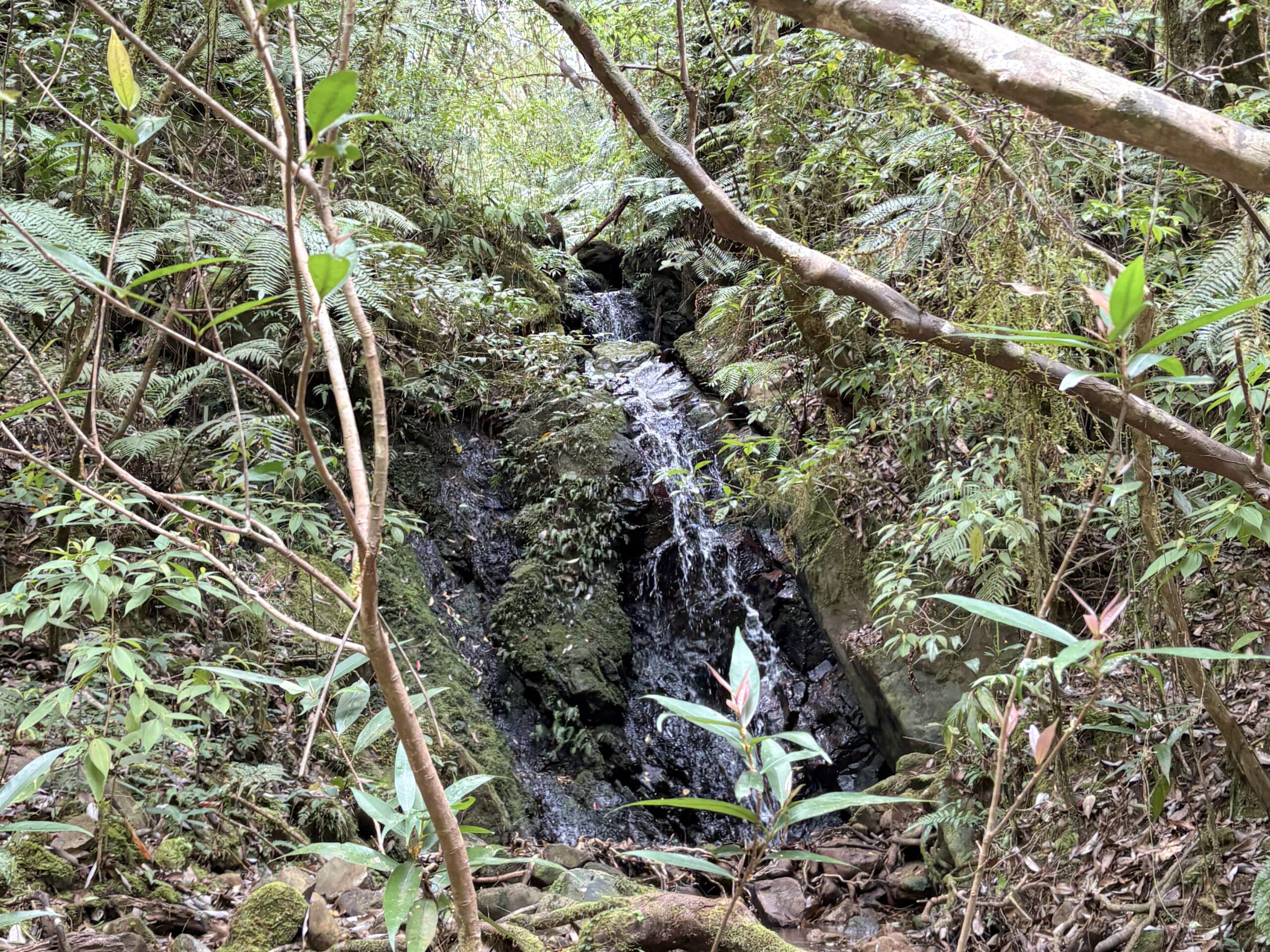
What to Do If You Get Bitten by a Habu Snake
If you are bitten, call an ambulance immediately. As a first-aid measure, tie a band or string around the limb between the wound and the heart to slow the spread of the venom. If you have a poison remover, use it to try to extract the venom.
Several types of snakes inhabit Amami Oshima, so it can be difficult for tourists to determine if the snake was actually a habu. If possible, take a photo of the snake. In any case, getting to a hospital quickly is the top priority.
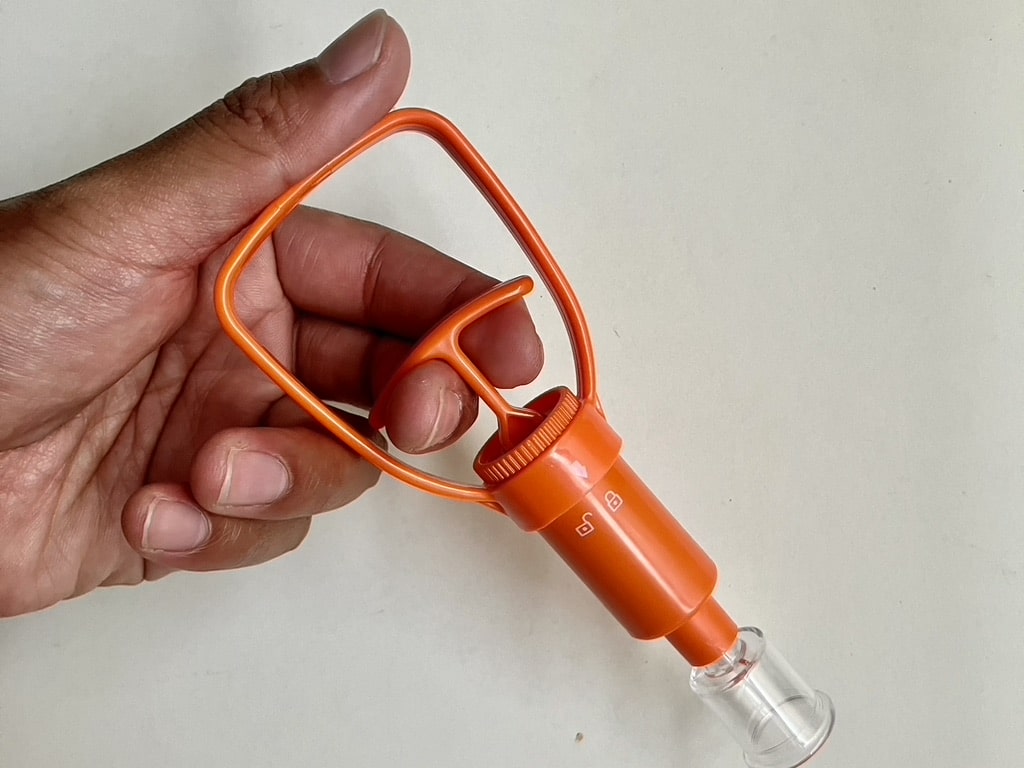
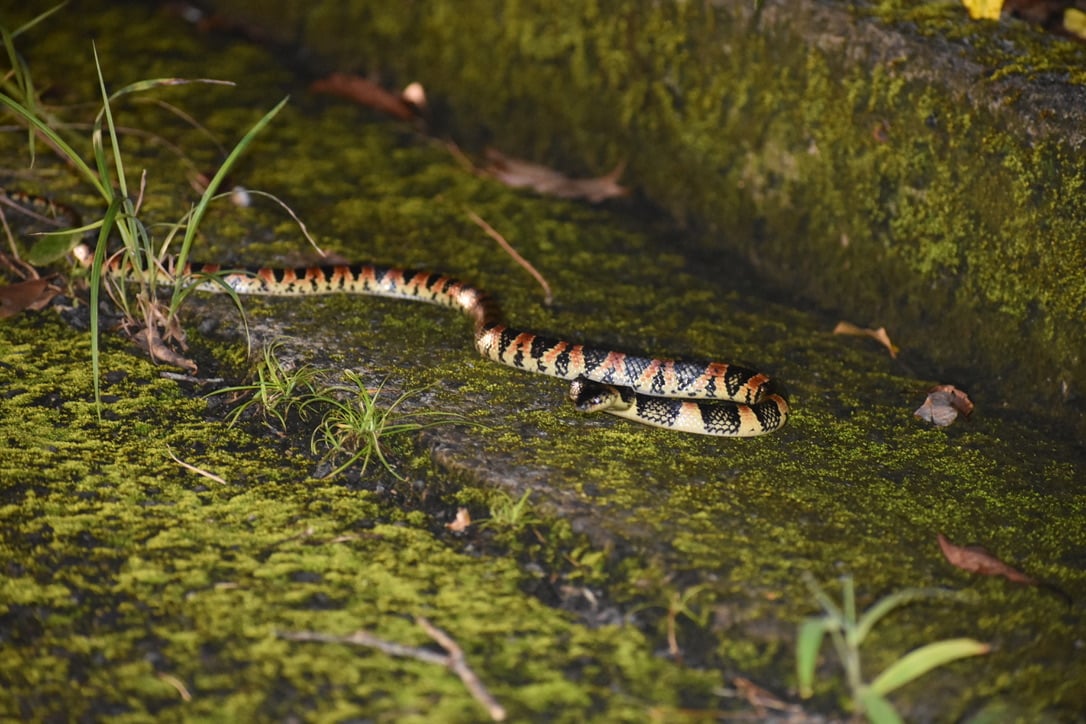
What Are the Chances of Encountering a Pit Viper?
From my own experience as a nature guide, the chances of encountering a habu while hiking during the day are relatively low. However, they can appear anywhere, so I always stay alert and avoid walking through grass.
On the other hand, I have seen habu many times during night wildlife tours or while driving at night. Sightings are especially common between April and November. So while the chance of encountering one is higher at night, you should always stay cautious—a bite can be fatal. If you want to explore the forest safely, I strongly recommend joining a guided tour.
Amami Oshima, a UNESCO World Natural Heritage site, is known not only for its beautiful ocean but also for its rich forests. If you’re concerned about encountering snakes, you might find my other article, The Charm of Amami’s Forest Tours, helpful.
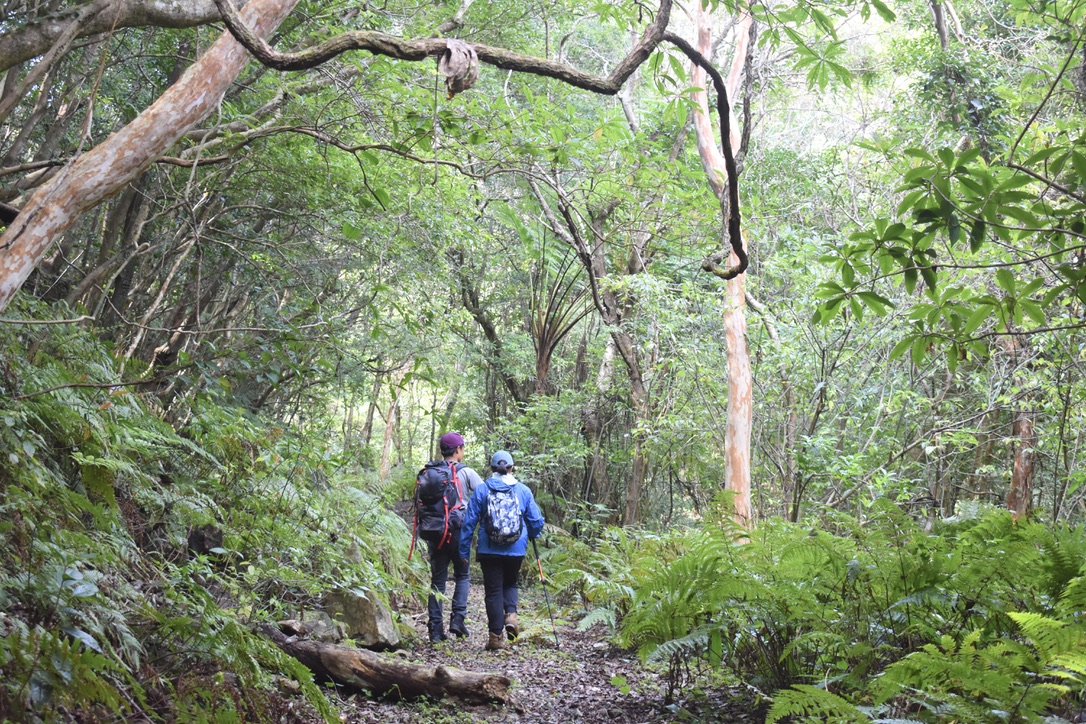
Want to See a Habu?
Some people may be curious and want to see a habu for themselves. I don’t recommend venturing into the forest at night on your own. However, if you join a guided night wildlife tour, there’s a good chance you’ll see one—especially in June, September, and October. On my tours, we encounter a habu or a Hime-habu (a smaller viper) about once every three tours. If you’re interested, I invite you to join one of my tours!

